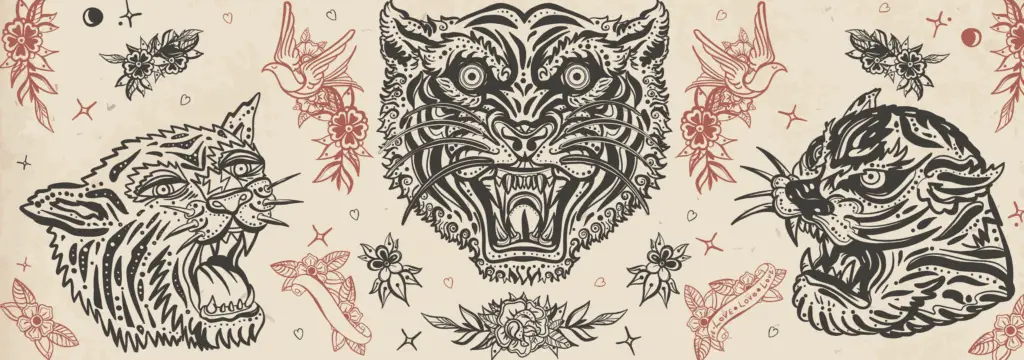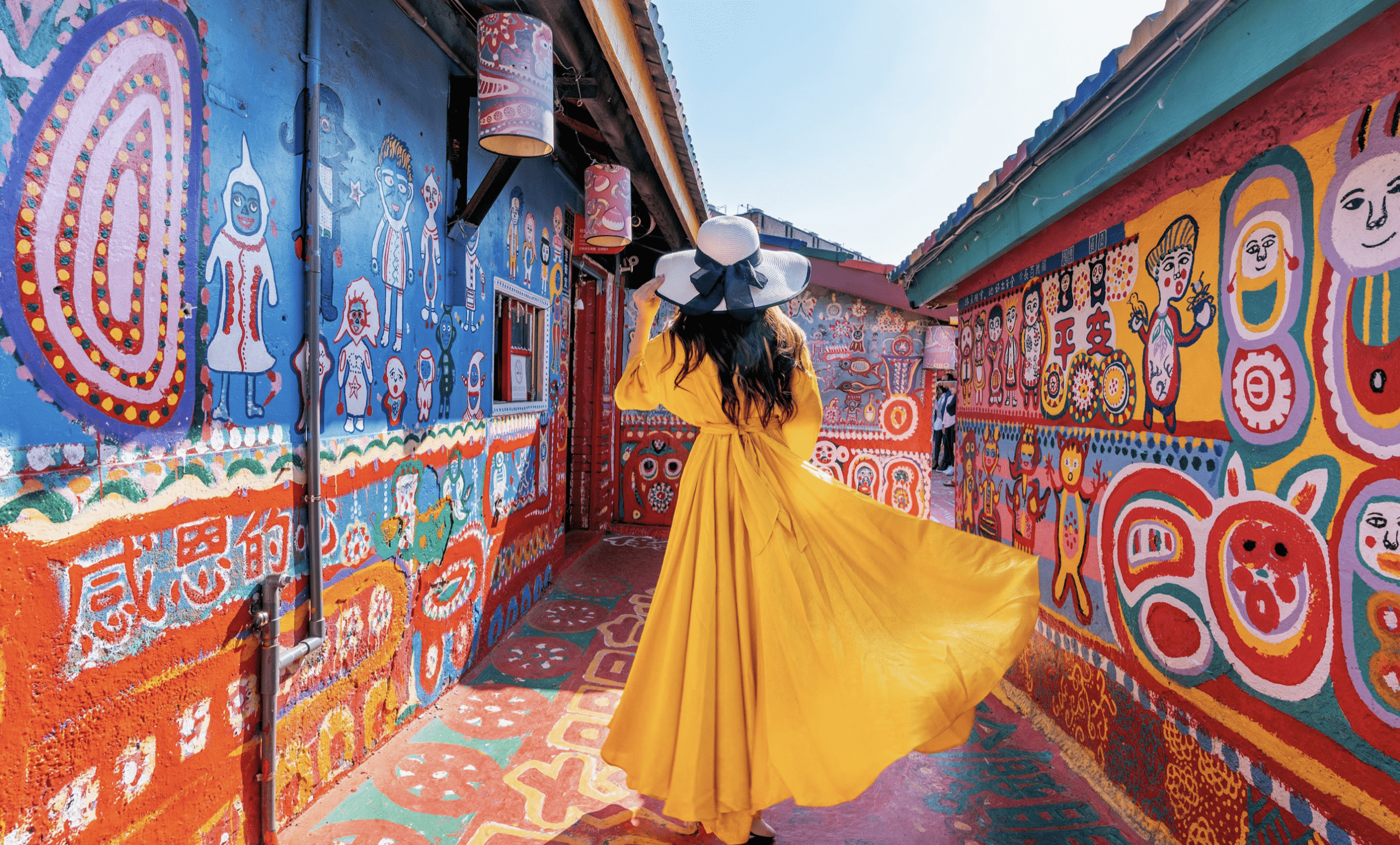In the advanced form of marketing, transactions are made based on specialty and consumer interests. A vivid example of intermediate marketing is auction houses that specialize in performing market functions involved in the purchase of assets at hammer prices determined by recognized bidders.
So, if you’ve ever needed to consign your Asian art pieces, the best place to go is an auction house. The reason for this is not far-fetched: auction houses facilitate the quick sale of your art at a reasonable price. But before you sell, there are basic things you should know.
What Are Auction Houses?
An auction house is a company that partakes in the typical financial auction market system where the highest buyer and seller simultaneously offer competitive bids and lowest accepted bids, respectively.
In an auction house, offered bids are matched for a transaction to be termed complete. Transactions occurred onsite, offsite, and hybrid, thanks to advancements in technology and internet services. Unlike the counter market, price reduction negotiations are not allowed for auctioned products.
In short, auction houses handle the protection of goods put up for sale, and based on buyers’ agreement, they arrange for the delivery of sold auctioned products.
Why You Should Sell Your Asian Art Collections At Auction Houses
Asian art collections are best sold at auction houses because they project an artist’s portfolio faster than any other outlet. Thus, auction houses sell them in a trust-based relationship as being transparent.
Aside from the timeframe they offer the art sale, some auction houses create a department for it. This department is led by experts who appraise Asian art based on experience and expertise. Therefore, they’re sold at their intrinsic value, whether the auction sells or not.

Things To Know Before Auctioning Your Asian Art
Art auction requires fundamental knowledge of the process and procedures. If you ever look forward to selling your art in an auction house, here are things to know:
- Know The Auctioning Jargons
The first and primary step to auctioning your Asian art is to know the jargon used in the auction market. Auctioning houses use unique languages to communicate the overall processes of contracting your art collections. Some of the terms include:
- Absentee Bid: This is a proxy bidding method for individuals who wish not to show up during the auction.
- Fair Market Value: The prices offered for sale at auction are always described as fair market value.
- Guarantee: This is a third-party assurance given by an individual called the guarantor to purchase a product if there’s no-bid above the guarantor’s offered bid.
- Know Your Asian Art Collections
Suppose you’re not the original owner of the Asian artwork, research the image (or whichever model of art you’re presenting), the cultural inclinations, and the artist. Knowing your artwork and its equipment precisely gives you the skill to communicate value to auction houses. And so, the original owners of Asian art can always provide information about their craft with ease.
- Discover The Big Auction Events
An essential step to selling your Asian arts is discovering significant auction events. You have to target concentrated auction events to get more visibility for your art collections.
Steps To Consign Your Asian Art Collection
Consignment of art collections in an auction is the arrangement of all art collections to the auction house, making commission rates from the sales of such collections.
Have you started considering consigning your Asian art collections? Here’s the process:
- Put Up Genuine Collections for Sale
Asian art collections presented during auction bids are usually considered original or the real deal. Thus, the unadulterated art collections invariably increase the quality of the collections, which directly translates to maximum bid offer.
- Identify And State Ownership
Stating ownership of art collections is essential in identifying products for sale. Auction houses will check source credibility to prevent theft and ensure proper value. When you can present proof that your Asian piece is original and scarce, it increases the estimates and guarantee. So, you need to identify and state your source rights, if created by you, inherited, or bought, before the auction.
- Find The Best Auction House
Auction houses are intermediaries in the market, which means they’re offered money in return for selling your art collection. You should know and avoid predatory auction houses giving extortionary rates to place your artworks for sale. The rates should be pocket-friendly because auction houses are alternatives to expensive online retailers. If you’re unsure of the auction house to use, recommendations from friends will suffice.
Besides, one sign to know the best auction house is to confirm if such an auction company invests intensively in advertising. This objective action shows that such an auction house has its consignors’ interests at heart. Generally, watch out for the overall attitude of the auction house towards getting your art collections displayed for auction.
- Receive All Auction Estimates
Finally, before consigning, you should receive all auction estimates, which will give you an idea of your art collection that will be placed for sale by the auction house. While showing source and negotiating appraisals for your art collections, auction houses are known to give estimates of their services to you.
Conclusion
Asian artists are one of the most cherished contributors to aesthetics and arts and are blessed with a rich culture. Therefore, art collections with such cultural affiliations are usually a big catch in the market.

